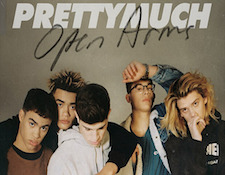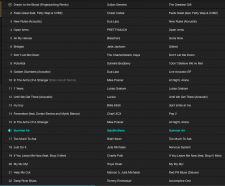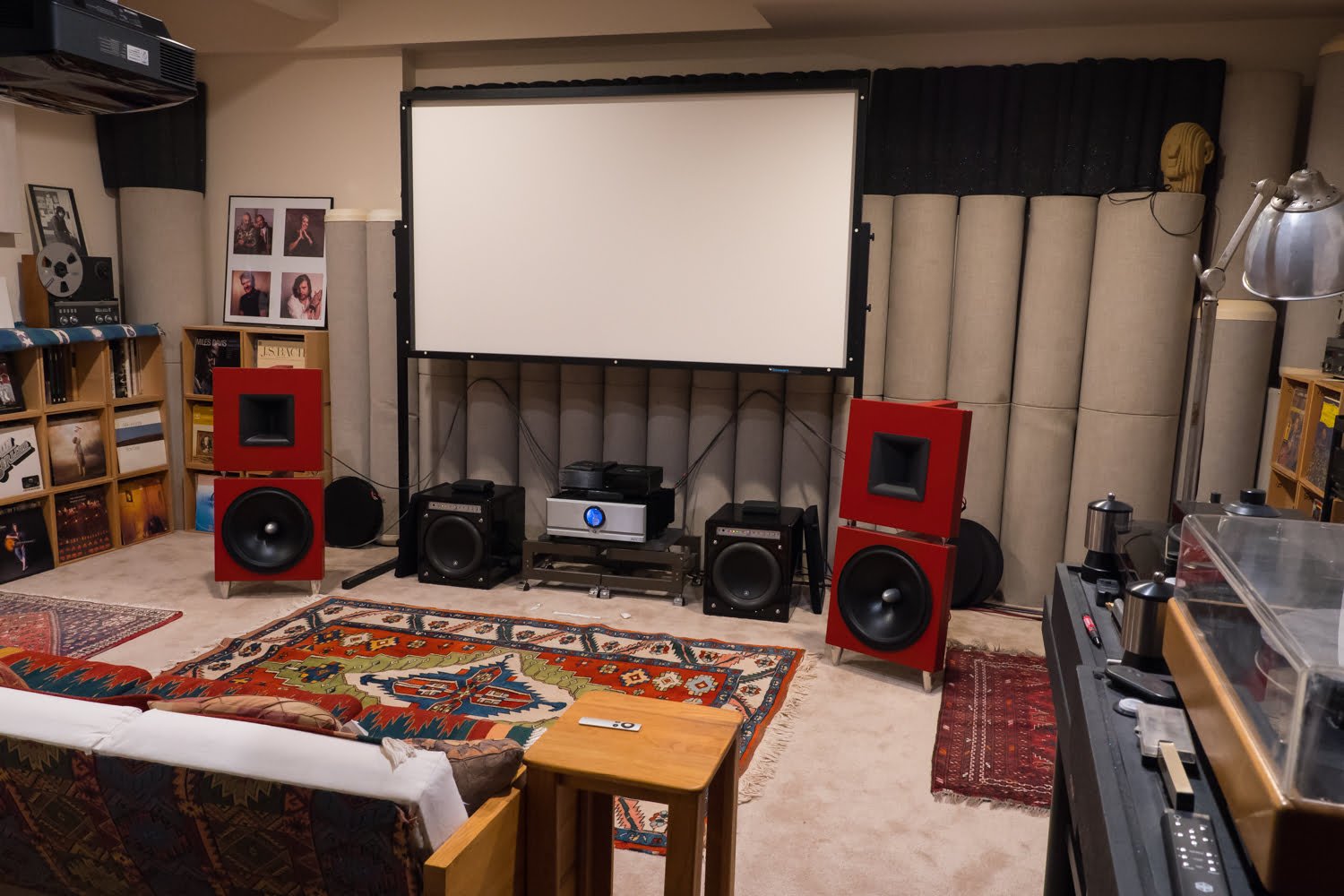It’s the time of year for saving money!
This coming weekend I’m giving a presentation for the Colorado Audio Society. I talked about what I planned to do during the meeting here. And in anticipation of the meeting I listened to all the cuts I plan to use for the demonstration and made notes about them. I figured this was a good time and space to share a few of them with you.
 But before getting into the specifics of a few songs I thought I’d give you a whirlwind tour of pop song structure. Back in the old days of gut strings and wooden boxes with soundholes most popular music had a simple structure – there was a verse, which I’ll call part A, and a chorus, which was part B. Most songs went AB, AB, AB until their completion. Occasionally a song would have a third part, C. Bill Monroe’s instrumental masterpiece “Jerusalem Ridge” has this three-part structure. By the turn of the 19th century pop songs began to have a third part called a “turn-around” or “bridge,” which connected the end of the B part with the A part. Sometimes the bridge was only used once, in other songs it appeared multiple times.
But before getting into the specifics of a few songs I thought I’d give you a whirlwind tour of pop song structure. Back in the old days of gut strings and wooden boxes with soundholes most popular music had a simple structure – there was a verse, which I’ll call part A, and a chorus, which was part B. Most songs went AB, AB, AB until their completion. Occasionally a song would have a third part, C. Bill Monroe’s instrumental masterpiece “Jerusalem Ridge” has this three-part structure. By the turn of the 19th century pop songs began to have a third part called a “turn-around” or “bridge,” which connected the end of the B part with the A part. Sometimes the bridge was only used once, in other songs it appeared multiple times.
 Why this sidetrack into song structure? Because modern pop music has changed what had become the standard way to construct a song. Nowadays, instead of verse/chorus/bridge pop songs are made up of smaller sections that are often assembled in different ways. At worst a pop song can sound like it was made by committee (and very likely was) with little to connect the parts. But on the best new pop material these new song assembly methodologies can create memorable results.
Why this sidetrack into song structure? Because modern pop music has changed what had become the standard way to construct a song. Nowadays, instead of verse/chorus/bridge pop songs are made up of smaller sections that are often assembled in different ways. At worst a pop song can sound like it was made by committee (and very likely was) with little to connect the parts. But on the best new pop material these new song assembly methodologies can create memorable results.
 The first song I plan on playing at the CAS demo will be “Open Arms” by the group Prettymuch. They are five-member acapella vocal group who have over 85,000 followers on their Facebook page. The track begins with nothing but the male vocalists, who unlike most pop singers do not use Autotune. At 38 seconds into the song the second section begins, which opens with a lovely four-part chorus, followed by a return to part A at 1:07 accompanied by the first notes from the synth bass. The bass lines form a “second line” behind the vocals setting up a rhythmic counterpoint that continues, with a few breaks for the remainder of the song. Besides the gorgeous organic musical textures, this cut is an example of how to build a song, layer by layer, into an increasingly intense musical experience.
The first song I plan on playing at the CAS demo will be “Open Arms” by the group Prettymuch. They are five-member acapella vocal group who have over 85,000 followers on their Facebook page. The track begins with nothing but the male vocalists, who unlike most pop singers do not use Autotune. At 38 seconds into the song the second section begins, which opens with a lovely four-part chorus, followed by a return to part A at 1:07 accompanied by the first notes from the synth bass. The bass lines form a “second line” behind the vocals setting up a rhythmic counterpoint that continues, with a few breaks for the remainder of the song. Besides the gorgeous organic musical textures, this cut is an example of how to build a song, layer by layer, into an increasingly intense musical experience.
 Almost every audiophile I know hates Autotune. But the reality of the situation is that Autotune is a tool, just like hammer or a chainsaw. Used correctly, Autotune, just like a level, makes for a better final result. The next tune is an introduction to Autotune used with some taste. Dua Lipa, the female songstress who was a guest on Saturday Night Live a couple of weeks ago, has a big hit with the tune “New Rules.” Although the version you hear most of the time is fine, there’s version on the New Rules (Acoustic) EP on Tidal that I prefer. It begins with a solo acoustic guitar and vocals, nothing else. At the :30 point the engineers add reverb to Dua’s vocals. At 1:02 a second, treble guitar part joins the mix. At 1:23 a second background vocal comes in with the third C-part bridge. It isn’t until 1:34 that a bass part begins in what is already a rhythmically powerful song. But even when all the instrumentation is added the mix remains sparse, clean, and a wonderful example of how a vocalist with a strong voice can use Autotune to enhance a recorded performance.
Almost every audiophile I know hates Autotune. But the reality of the situation is that Autotune is a tool, just like hammer or a chainsaw. Used correctly, Autotune, just like a level, makes for a better final result. The next tune is an introduction to Autotune used with some taste. Dua Lipa, the female songstress who was a guest on Saturday Night Live a couple of weeks ago, has a big hit with the tune “New Rules.” Although the version you hear most of the time is fine, there’s version on the New Rules (Acoustic) EP on Tidal that I prefer. It begins with a solo acoustic guitar and vocals, nothing else. At the :30 point the engineers add reverb to Dua’s vocals. At 1:02 a second, treble guitar part joins the mix. At 1:23 a second background vocal comes in with the third C-part bridge. It isn’t until 1:34 that a bass part begins in what is already a rhythmically powerful song. But even when all the instrumentation is added the mix remains sparse, clean, and a wonderful example of how a vocalist with a strong voice can use Autotune to enhance a recorded performance.
 Many pop artists use Autotune, but none that I know of embrace it as completely or integrate Autotune into their vocal sound as thoroughly as the British electro-pop artist Charlie XCX. The tune “Fembot” whose lyrics open with “Go F*** your prototype…” shows how someone blessed with a more than acceptable voice sans Autotune can take it to an entirely new level when it is added. All the sounds besides the vocals are electronic, without a shred of “real” instruments. Instead of the usual “four in the floor” beat (first heard on Chic’s “Good Times” developed by Niles Rodgers) that you hear on 90% of all dance music, “Fembot” uses a neat synchro beat with a built-in syncopation. Then, at 2:20, just about the point when most pop songs have revealed all, there is a spoken word section that explodes, taking the song into an entirely new place.
Many pop artists use Autotune, but none that I know of embrace it as completely or integrate Autotune into their vocal sound as thoroughly as the British electro-pop artist Charlie XCX. The tune “Fembot” whose lyrics open with “Go F*** your prototype…” shows how someone blessed with a more than acceptable voice sans Autotune can take it to an entirely new level when it is added. All the sounds besides the vocals are electronic, without a shred of “real” instruments. Instead of the usual “four in the floor” beat (first heard on Chic’s “Good Times” developed by Niles Rodgers) that you hear on 90% of all dance music, “Fembot” uses a neat synchro beat with a built-in syncopation. Then, at 2:20, just about the point when most pop songs have revealed all, there is a spoken word section that explodes, taking the song into an entirely new place.
 The last tune I’m going to mention here is by an artist Mike Posner. Actually, I’m going to play two versions of Posner’s song “In the Arms of a Stranger.” The first is an extremely cinematic remix by Brian Kiefulf that uses a multiplicity of spatial effects coupled with a classic 4 by 4 disco beat that kicks in during the B part. The soundstage is huge on this cut, as is the feeling of depth. The second rendering leads with only the background chorus, sparse piano part, and drumbeat. This version is more like the “singer/songwriter” version, with a smaller more intimate soundstage. What’s interesting here is both versions were assembled from the same basic tracks (with obvious additions and subtractions) and show how a different mix and engineer can result in a radically different final result.
The last tune I’m going to mention here is by an artist Mike Posner. Actually, I’m going to play two versions of Posner’s song “In the Arms of a Stranger.” The first is an extremely cinematic remix by Brian Kiefulf that uses a multiplicity of spatial effects coupled with a classic 4 by 4 disco beat that kicks in during the B part. The soundstage is huge on this cut, as is the feeling of depth. The second rendering leads with only the background chorus, sparse piano part, and drumbeat. This version is more like the “singer/songwriter” version, with a smaller more intimate soundstage. What’s interesting here is both versions were assembled from the same basic tracks (with obvious additions and subtractions) and show how a different mix and engineer can result in a radically different final result.
I’ve added a picture of most of my prospective playlist for the CAS meeting earlier in the article. If you click on it, it should expand to a readable size. For those attending the event, you can listen, in advance, on your own system before you attend. For everyone else, give some of the songs on the list a listen – at worst you will get an idea of just how bizarre my musical tastes are…








